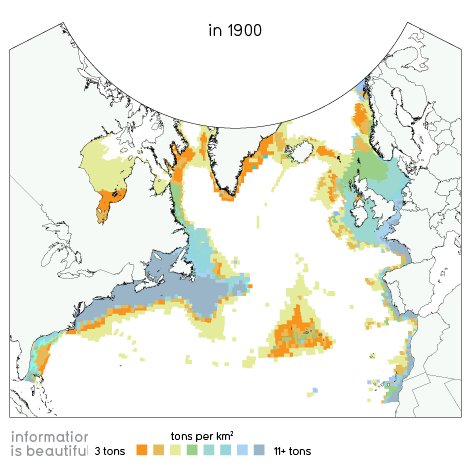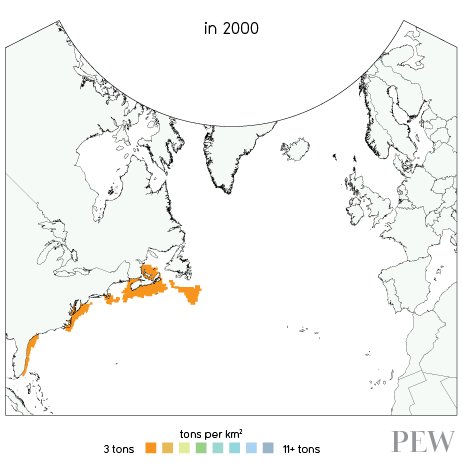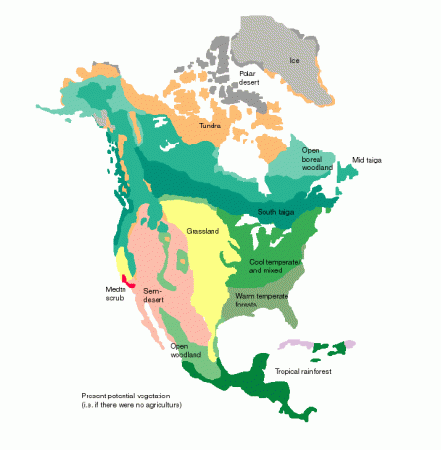Last summer’s drought, and more weather extremes probably due to large-scale global climate change, is having dire effects on shipping on the Mississippi River. Suzanne Goldenberg has an excellent article in the Guardian.

Shipping companies say the economic consequences of a shutdown on the Mississippi would be devastating. About $7bn (£4.3bn) in vital commodities – typically grain, coal, heating oil, and cement – moves on the river at this time of year. Cutting off the transport route would have an impact across the mid-west and beyond.
…
Farmers in the area lost up to three-quarters of their corn and soya bean crops to this year’s drought. … Now, however, [they] are facing the prospect of not being able to sell their grain at all because they can’t get it to market. The farmers may also struggle to find other bulk items, such as fertiliser, that are typically shipped by barge.
— Goldenberg (2012): Mississippi river faces shipping freeze as water levels drop in The Guardian.
The proposed solution is to release more water from the Missouri, however there would be a steep price to pay.
The shipping industry in St Louis wants the White House to order the release of more water from the Missouri river, which flows into the Mississippi, to keep waters high enough for the long barges to float down the river to New Orleans.
…
Sending out more water from the Missouri would doom states upstream, such as Montana, Nebraska, and South Dakota, which depend on water from the Missouri and are also caught in the drought.
“There are farmers and ranchers up there with livestock that don’t have water to stay alive. They don’t have enough fodder. They don’t have enough irrigation water,” said Robert Criss, a hydrologist at Washington University in St Louis, who has spent his career studying the Mississippi. “What a dumb way to use water during a drought.”



